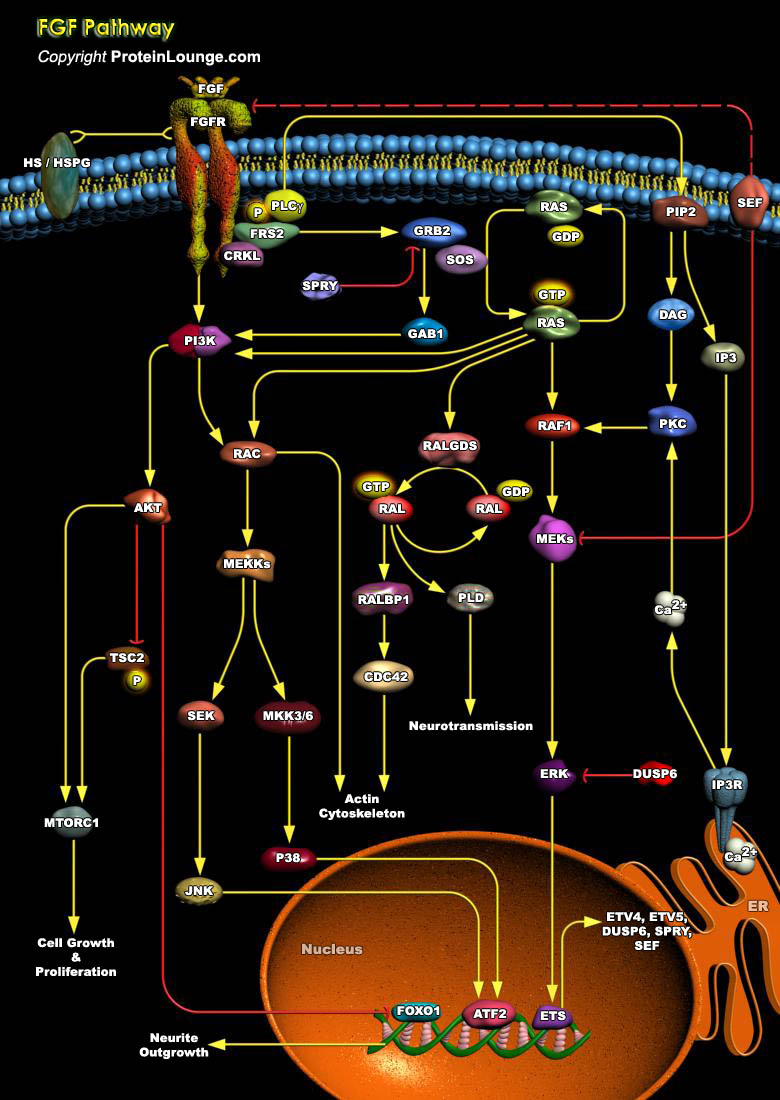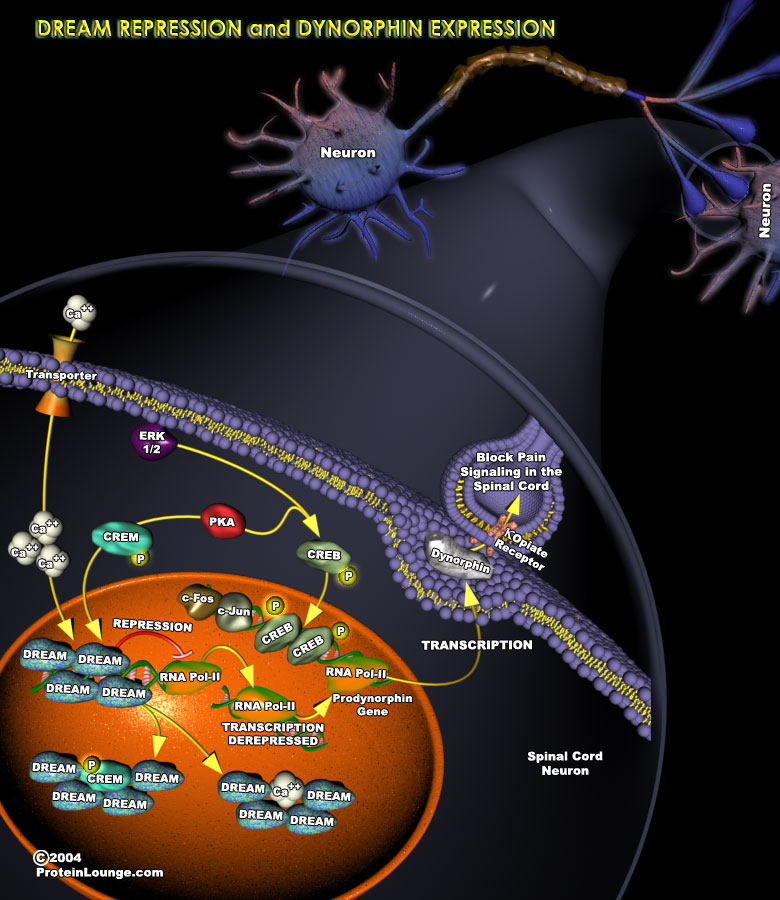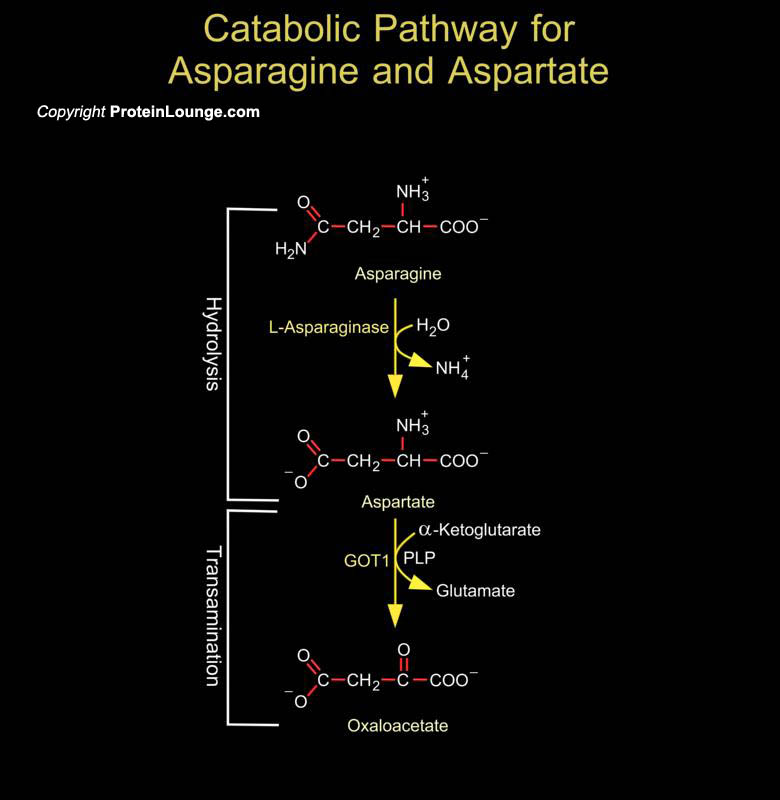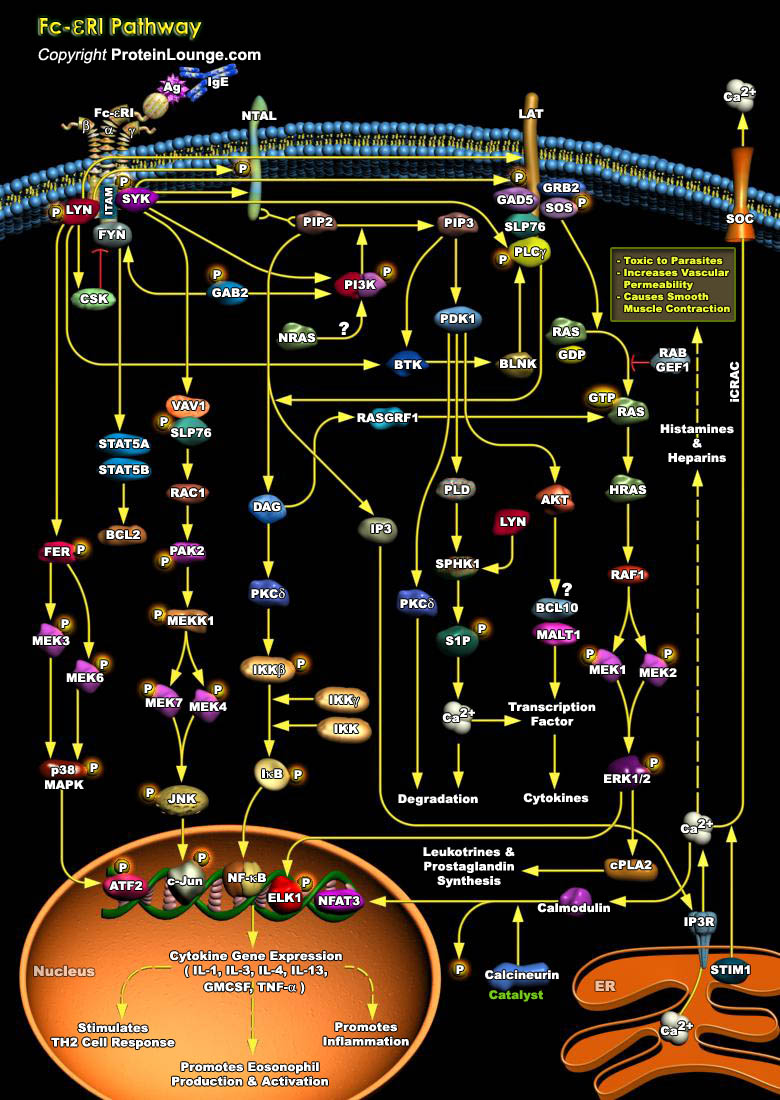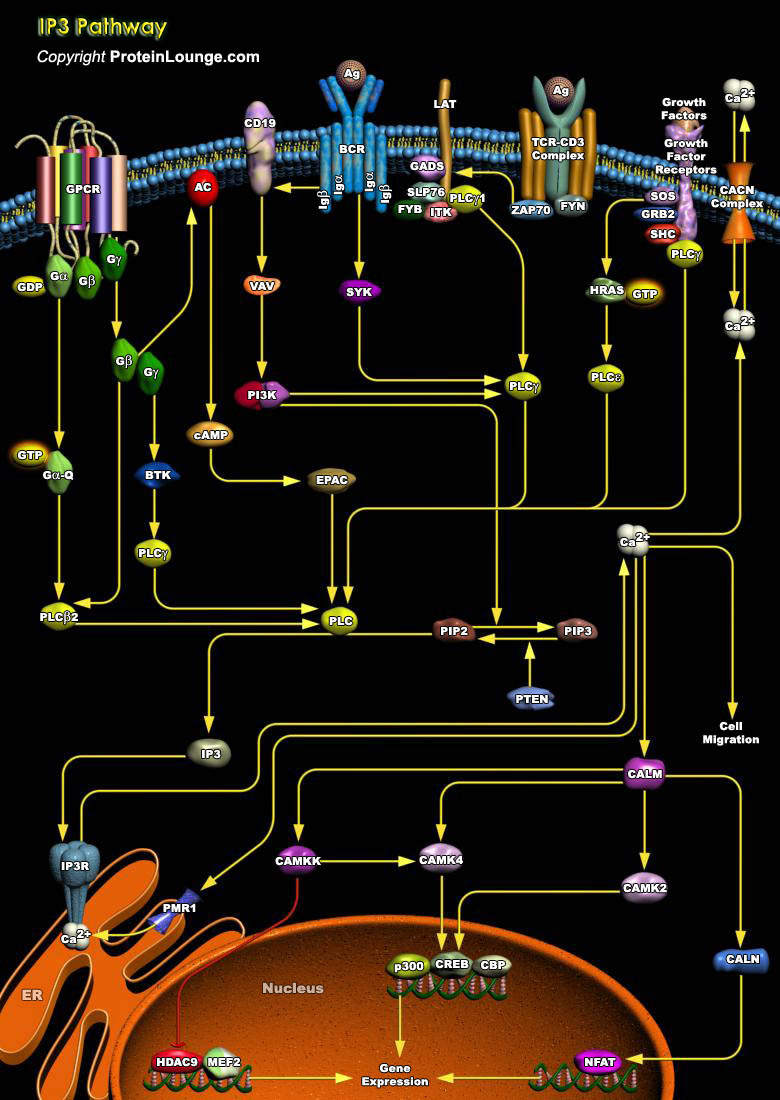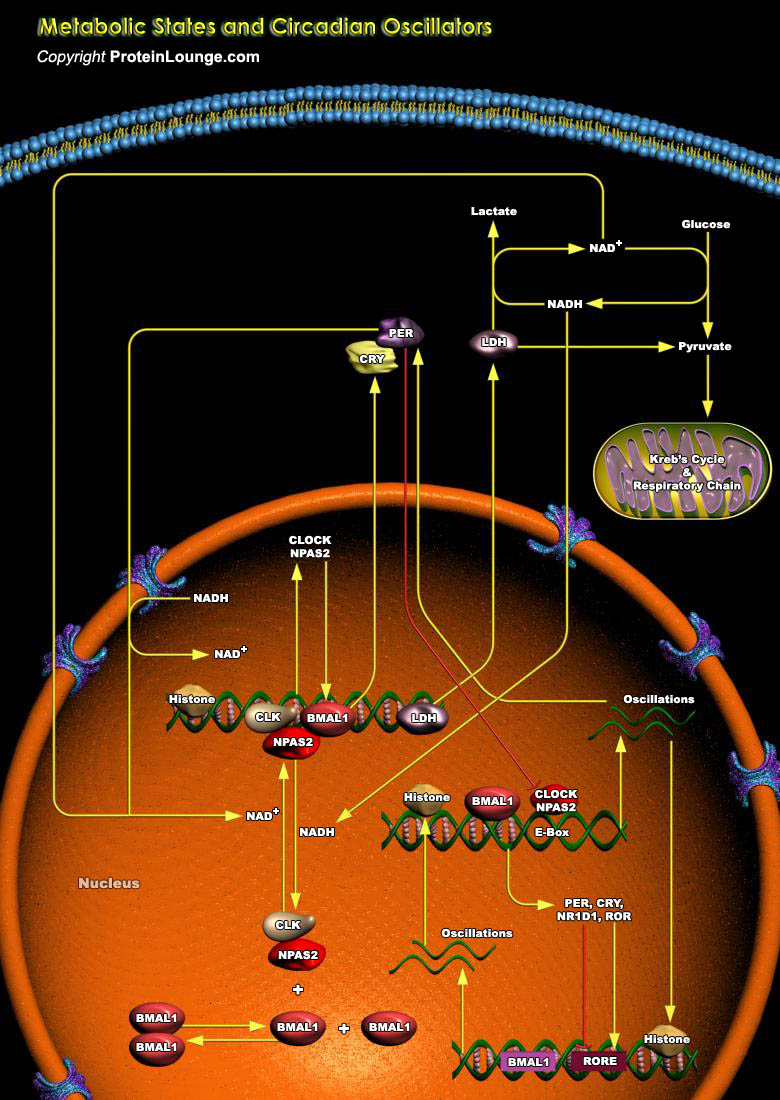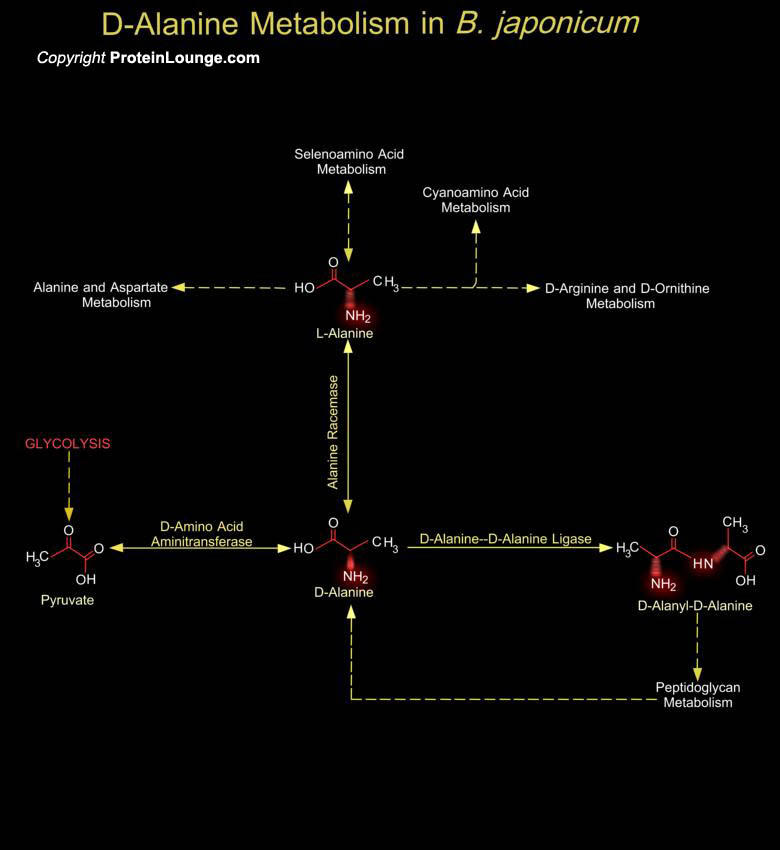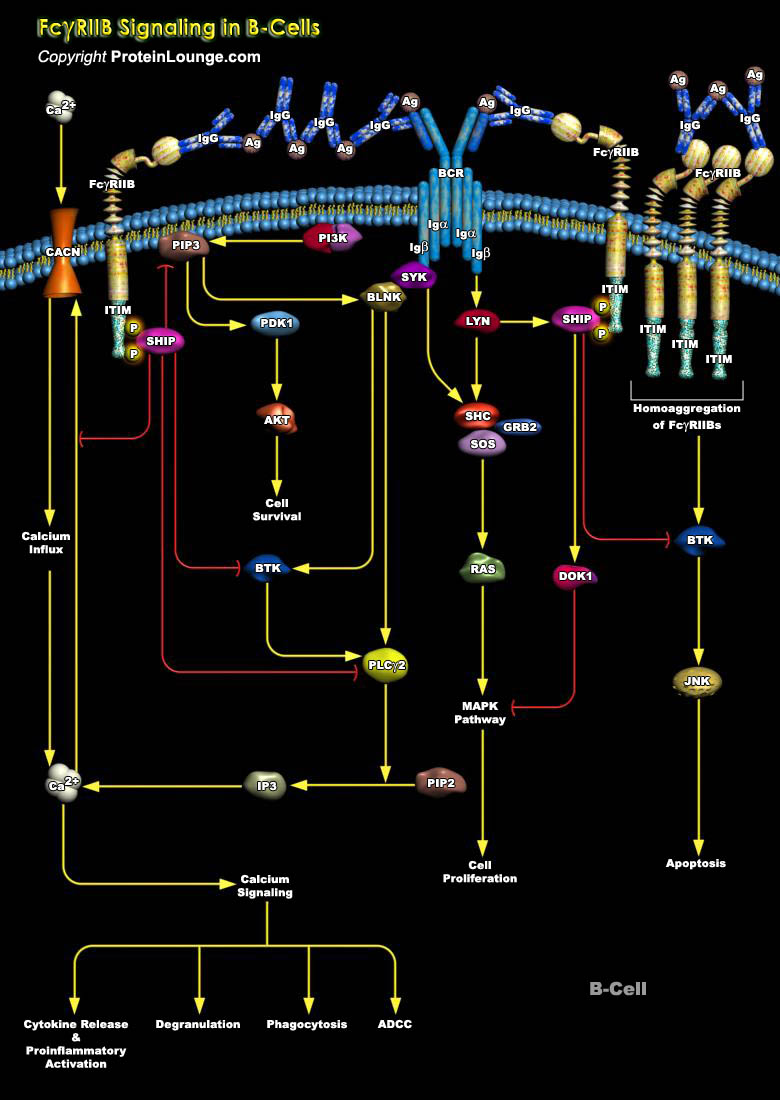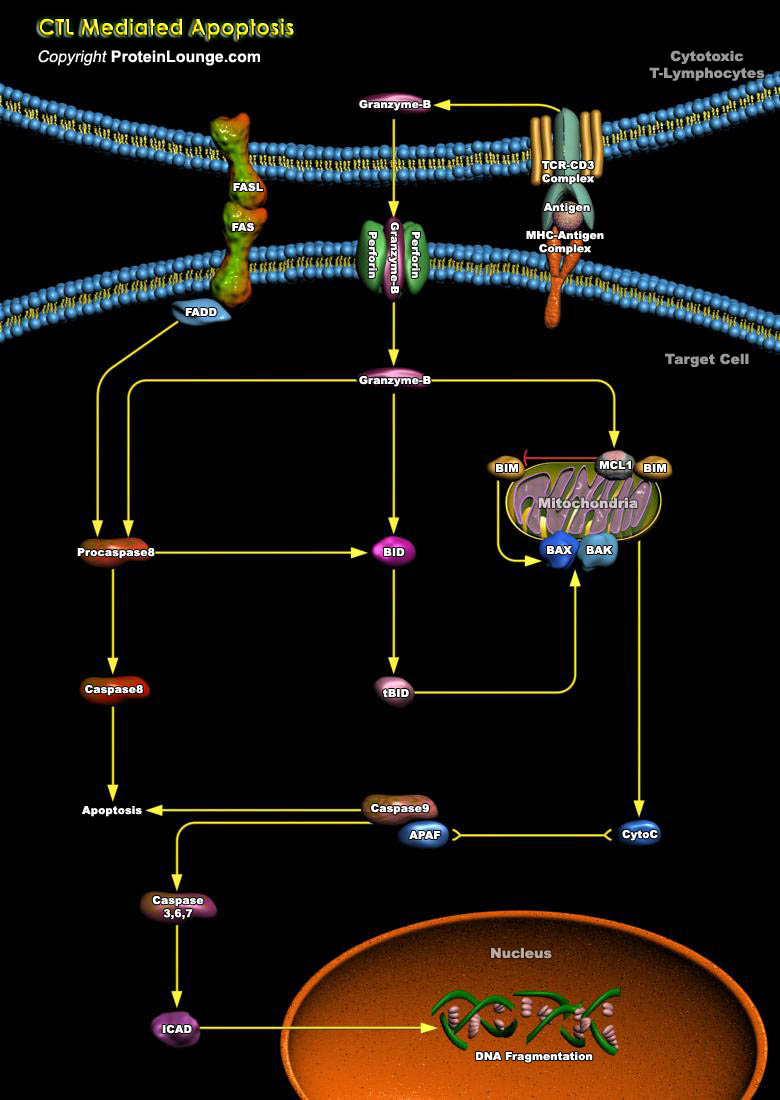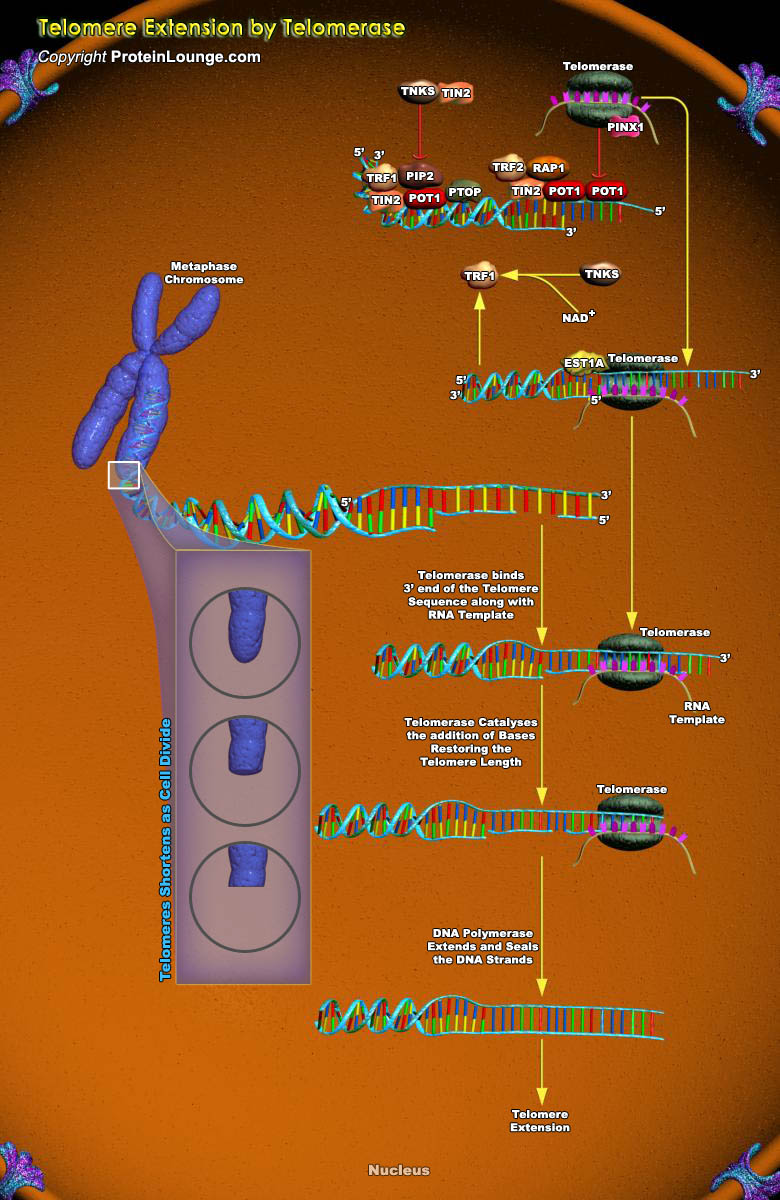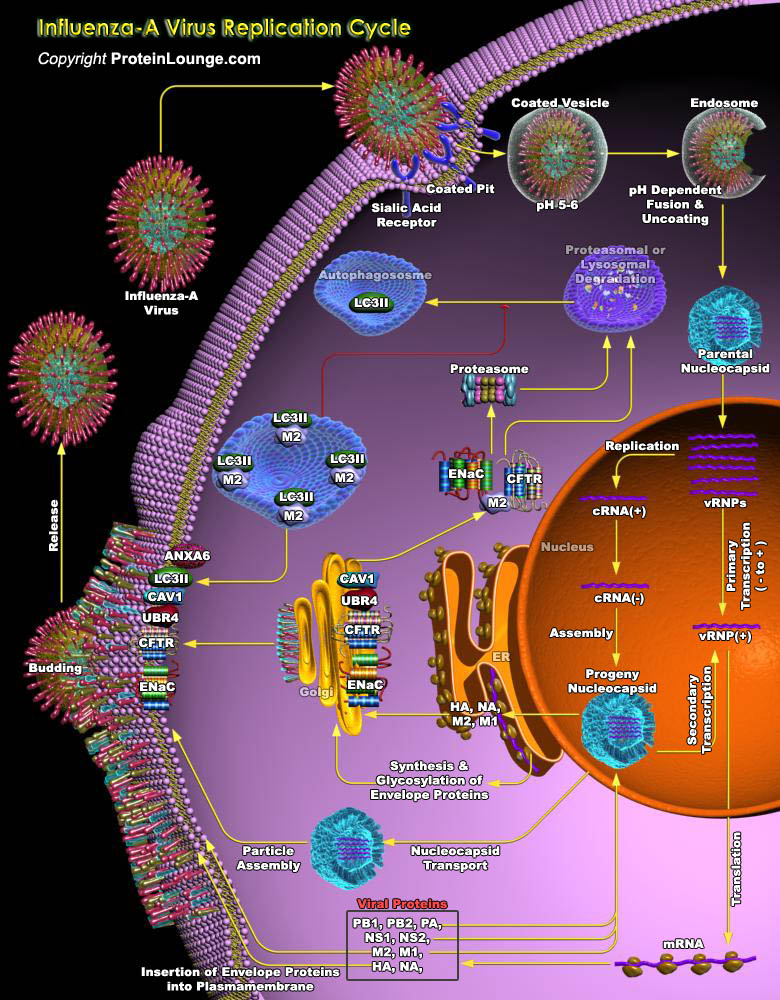Featured Pathways
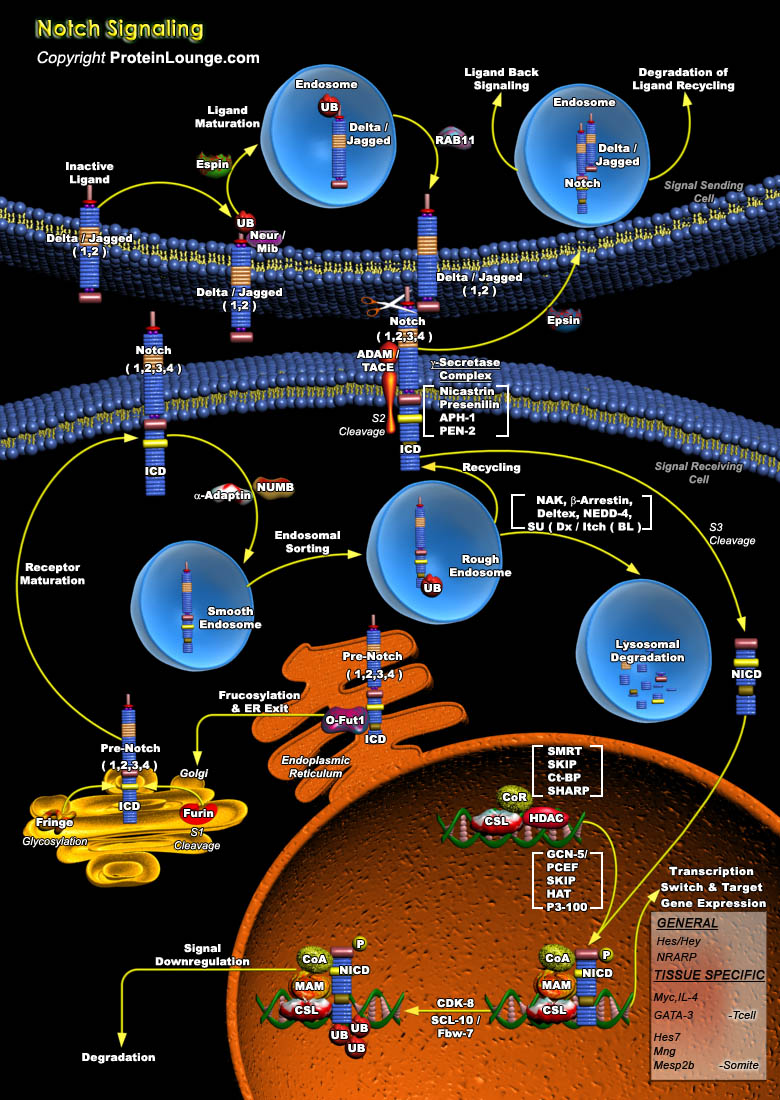
The Notch signaling pathway is a fundamental signaling system used by neighboring cells to communicate with each other in order to assume their proper developmental role. Notch proteins are cell surface transmembrane-spanning receptors which mediate critically important cellular functions through direct cell-cell contact. Interaction between Notch and its proposed ligands initiates a signaling[..]
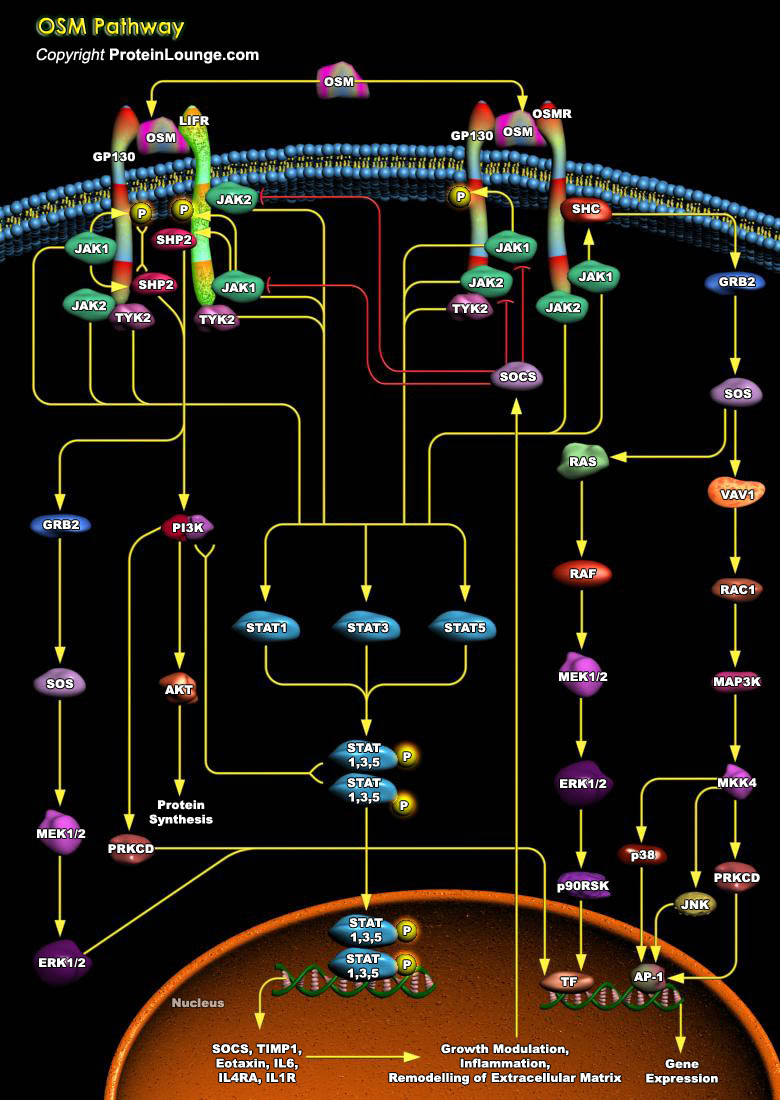
Oncostatin M (OSM) is a 28-kDa pleiotropic cytokine belonging to the Interleukin-6 (IL-6)familythat bears closest homology toleukemia inhibitory factor (LIF). Human OSM (hOSM) is a252 amino acid precursor polypeptide that is mainly expressed by neutrophils, activated macrophages, dendritic cells and T-cells. OSM appears to play important role in diverse biological processes like development of[..]
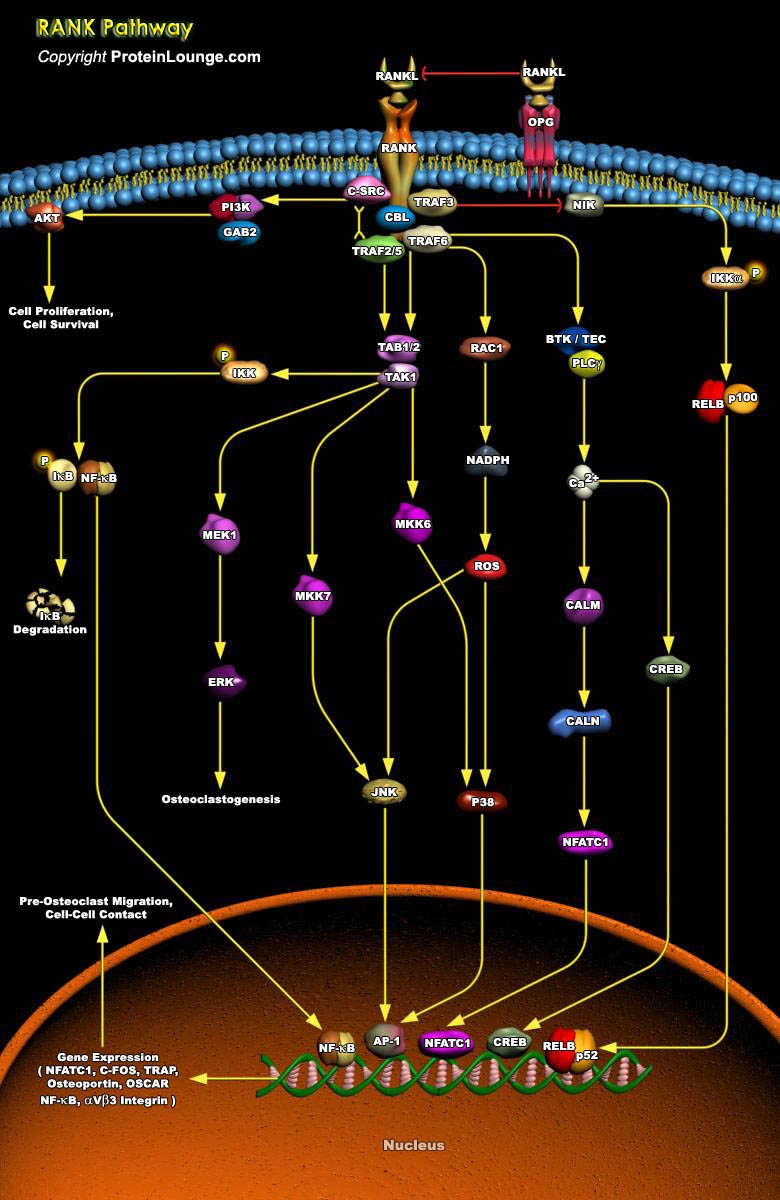
Bone remodeling and homeostasis is an essential function that regulates skeletal integrity throughout adult life in higher vertebrates and mammals. The structural and metabolic integrity of bone is maintained through the dynamic process of bone remodeling that results from the coordinate action of bone resorption by osteoclasts and the formation of new bone by osteoblasts. Regulation of bone[..]
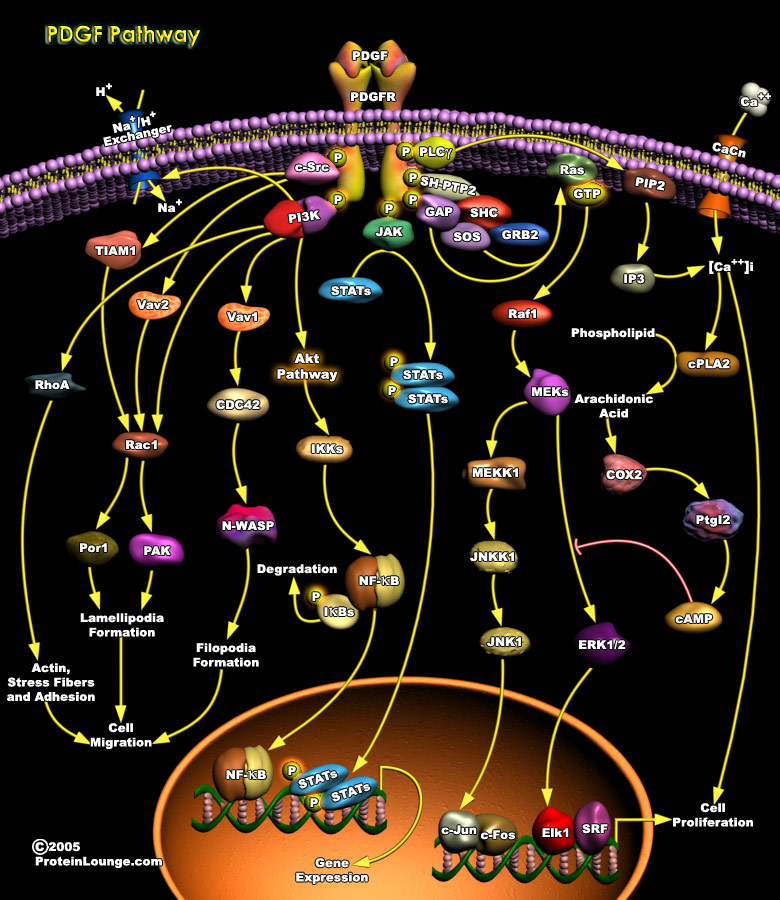
PDGF (Platelet-derived growth factor) isoforms stimulate growth, survival and motility of mesenchymal cells and certain other cell types. They have important functions during embryonal development and in the control of tissue homeostasis in the adult. Overactivity of PDGF signaling is associated with the development of certain malignant diseases, as well as non-malignant diseases characterized[..]
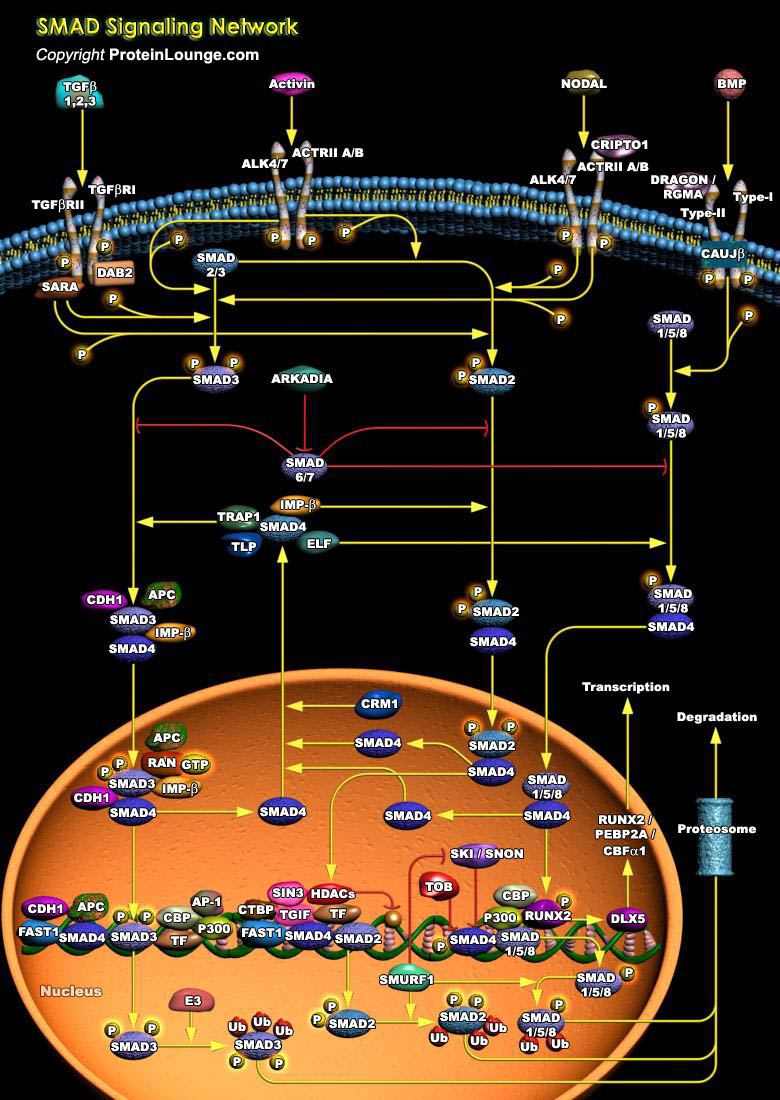
TGF-Beta (Transforming Growth Factor-Beta) superfamily of secreted polypeptide growth factors play an important role in a variety of pathophysiologic processes, including angiogenesis, vascular remodeling, atherogenesis and in regulating cellular responses such as growth, proliferation, differentiation, migration, adhesion, survival, and specification of developmental fate. Apart from[..]
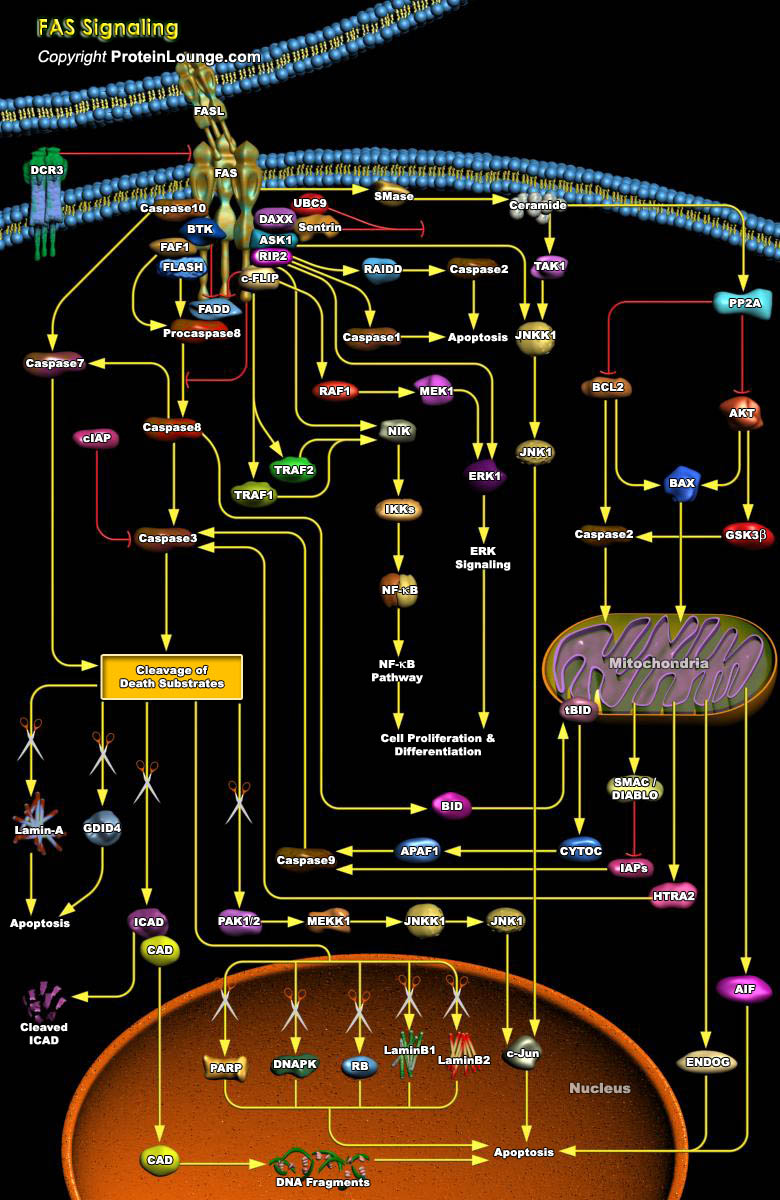
Fas (also called Apo1 or CD95) is a death domain-containing member of the TNFR (Tumor Necrosis Factor Receptor) superfamily. It has a central role in the physiological regulation of Programmed Cell Death and has been implicated in the pathogenesis of various malignancies and diseases of the immune system. Although the FasL (Fas Ligand)-Fas system has been appreciated mainly with respect to its[..]
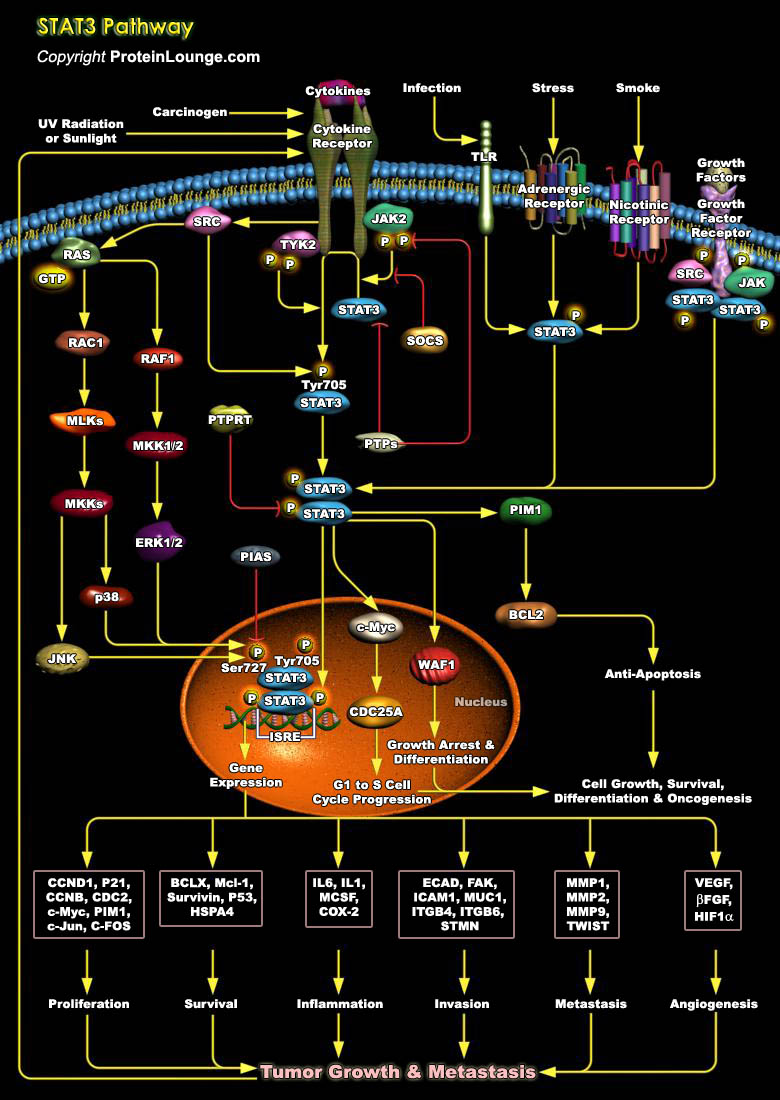
STATs (Signal Transducers and Activators of Transcription) are a family of cytoplasmic proteins with SH2 (Src Homology-2) domains that act as signal messengers and transcription factors that mediate many aspects of cellular immunity, proliferation, apoptosis and differentiation. The STAT family comprises seven members namely, STAT1, STAT2, STAT3,[..]
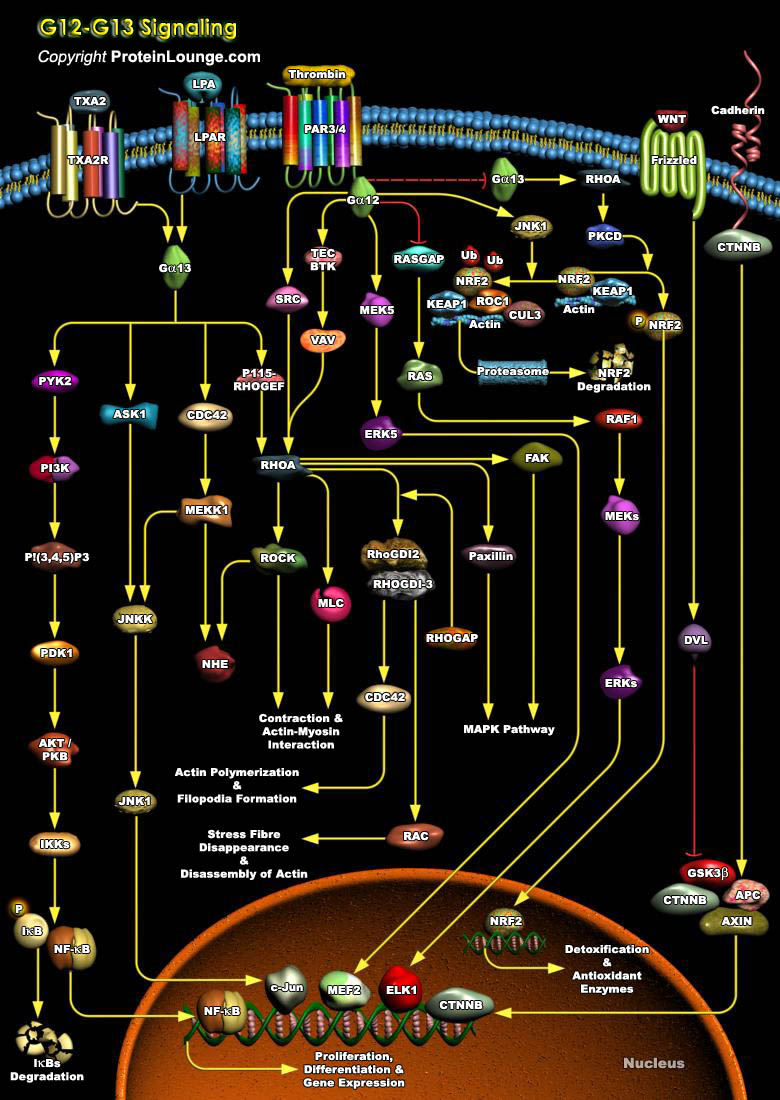
The G12 subfamily of heterotrimeric G proteins, comprised of the Alpha-subunits G-Alpha12 and G-Alpha13, has been implicated as a signaling component in cellular processes ranging from cytoskeletal changes to cell growth and oncogenesis. Activated G-Alpha12 and G-Alpha13 have a molecular weight of 43,000 kDa and they show more than 66% amino acid identity. They stimulate mitogenic signaling[..]
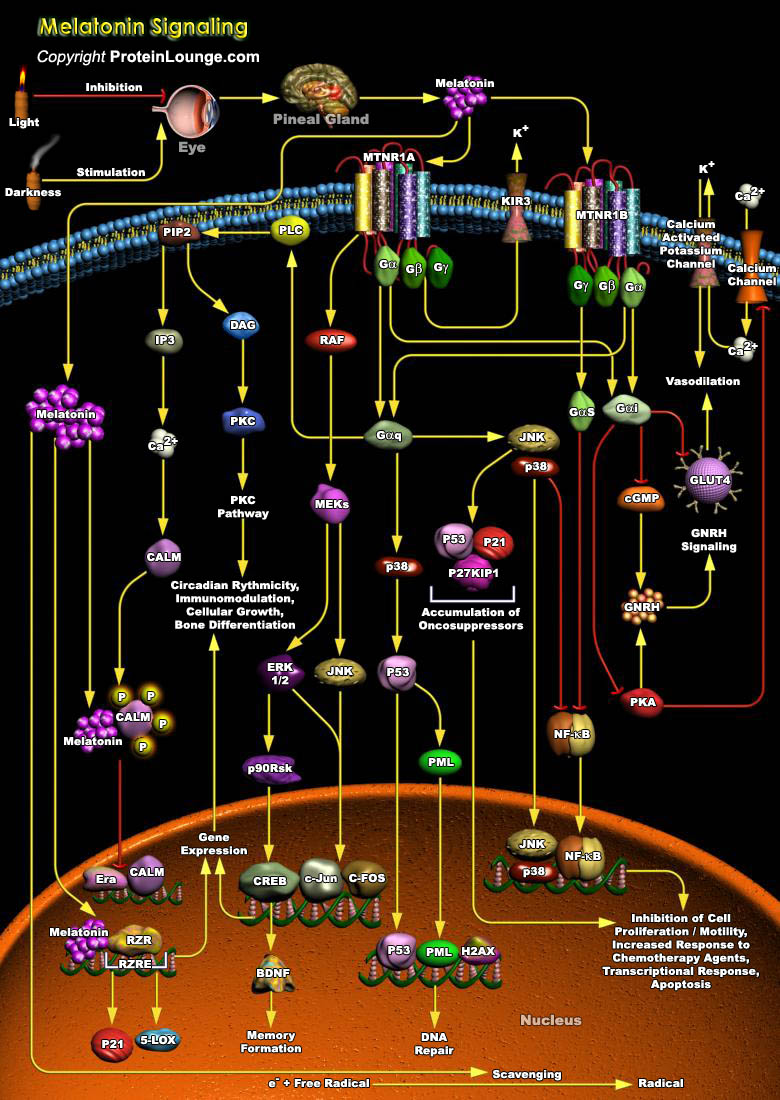
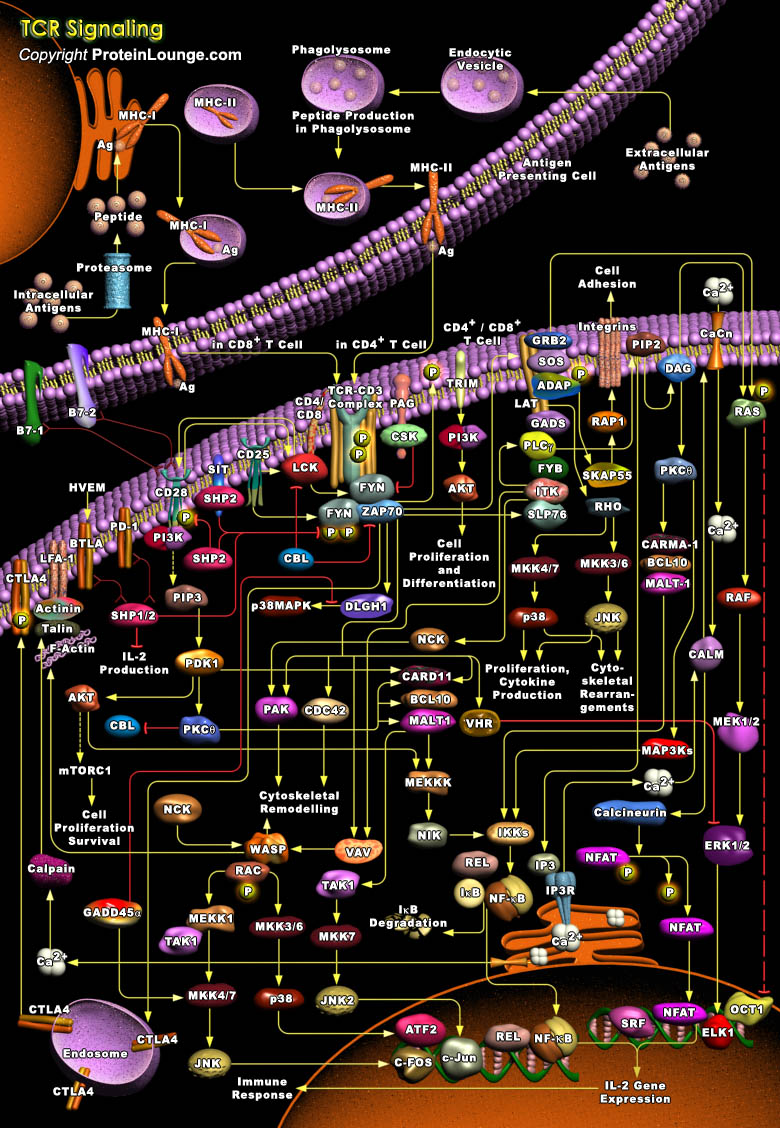
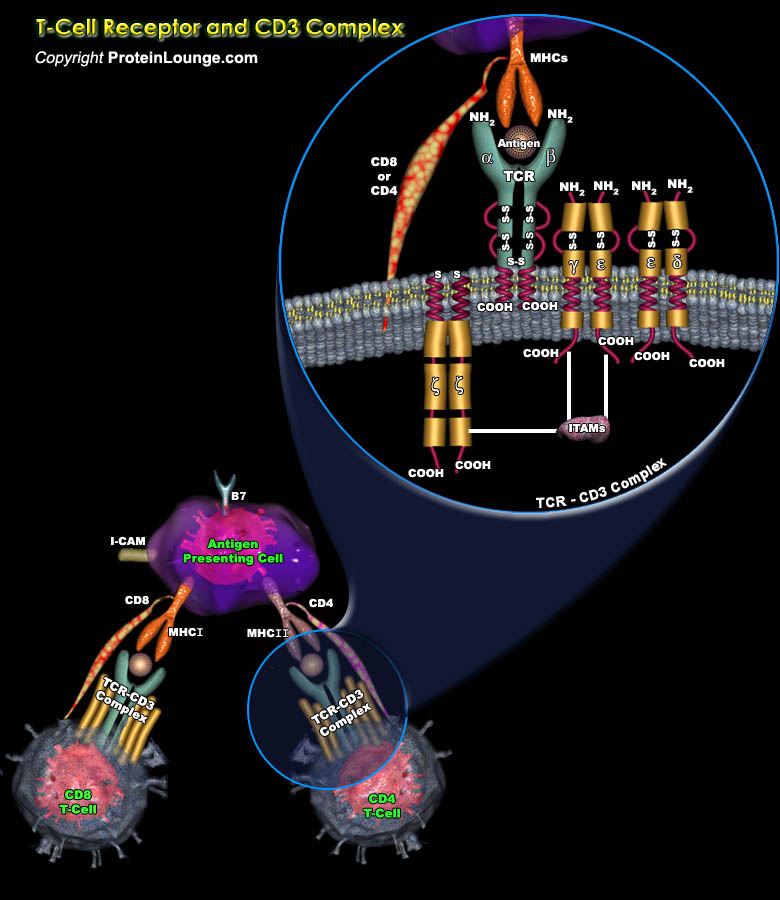
The lymphocyte population is mainly made up of the T-lymphocytes (Thymus-Derived Lymphocytes), B-lymphocytes (bone-marrow-derived), and the NK cells (Natural-Killer Cells). T-lymphocytes mediating the cellular immunity, along with B lymphocytes mediating humoral immunity, provide adaptive immunity, which work in close collaboration with the innate immune system. B-lymphocytes mature in the bone[..]
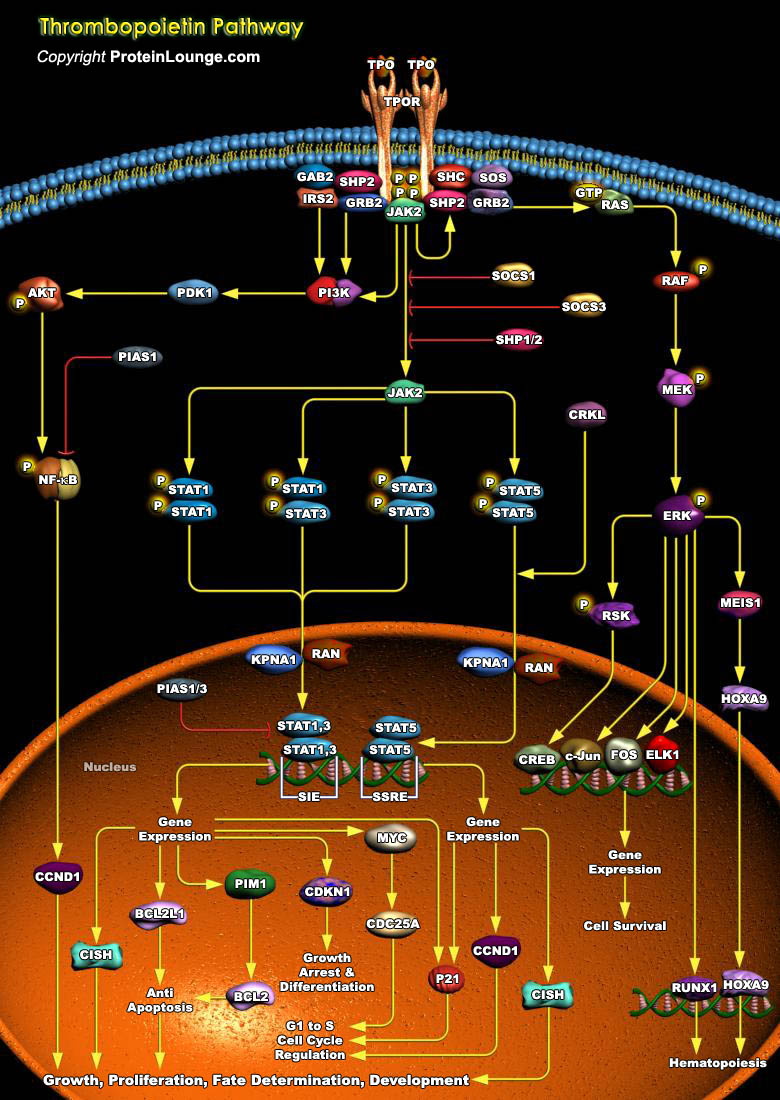
Throughout adult life, all blood cells are constantly regenerated from a small pool of hematopoietic stem cells. A single purified stem cell injected into a lethally irradiated host is sufficient to reconstitute all lineages, demonstrating pluripotency and an enormous regenerative potential. Genes encoding secreted growth factors, signal transduction molecules and nuclear proteins regulate[..]









